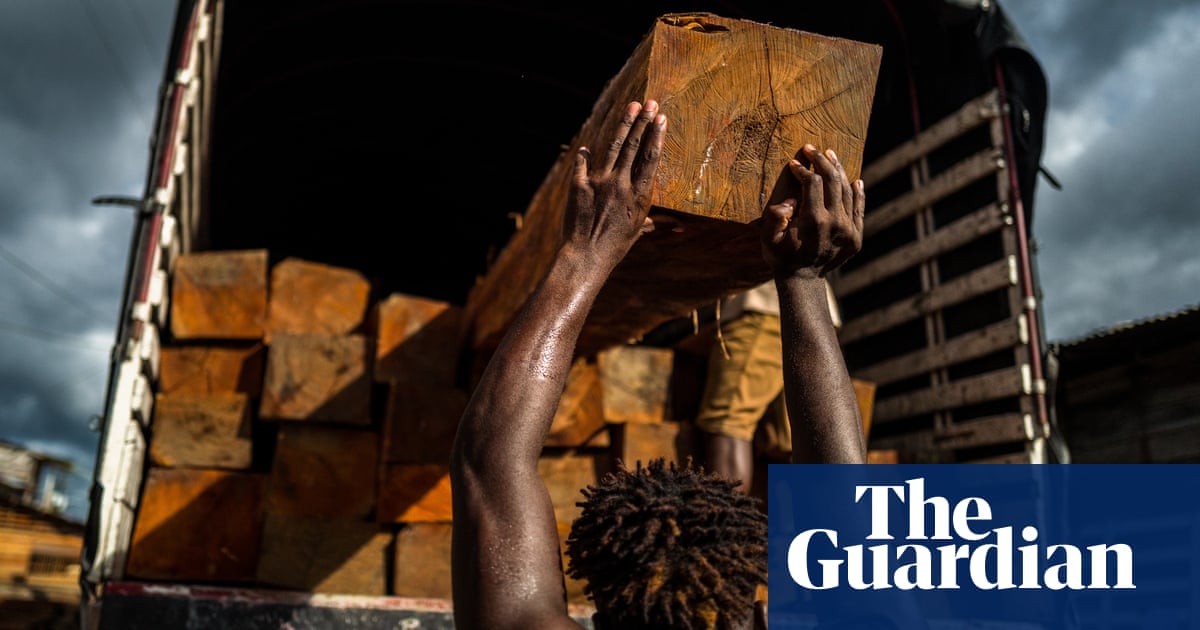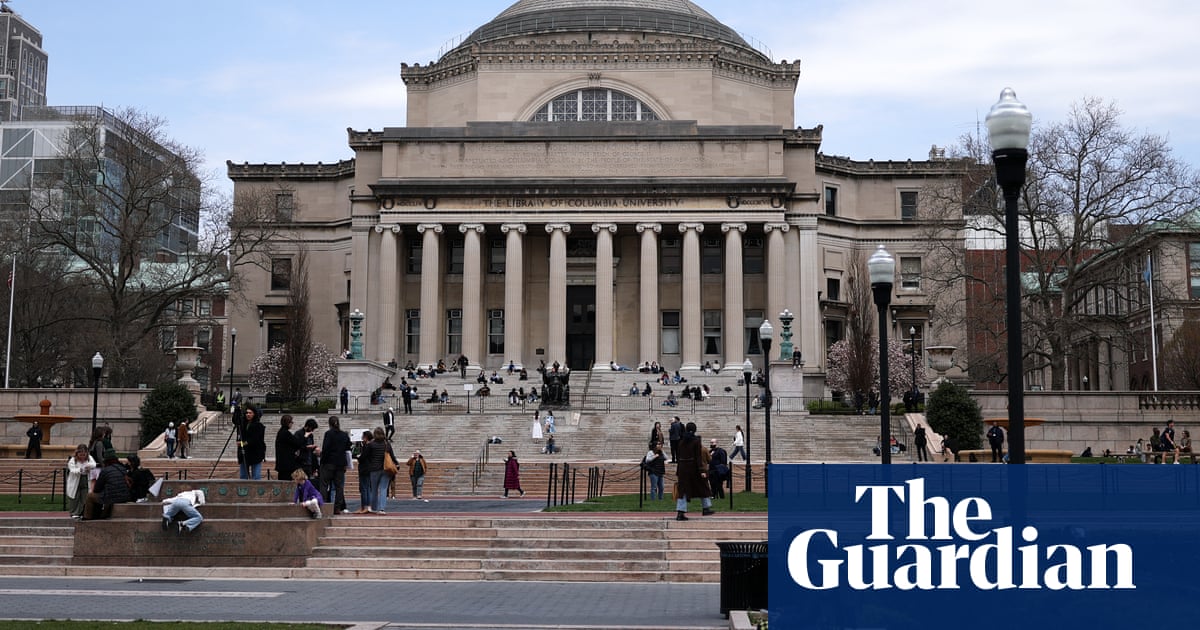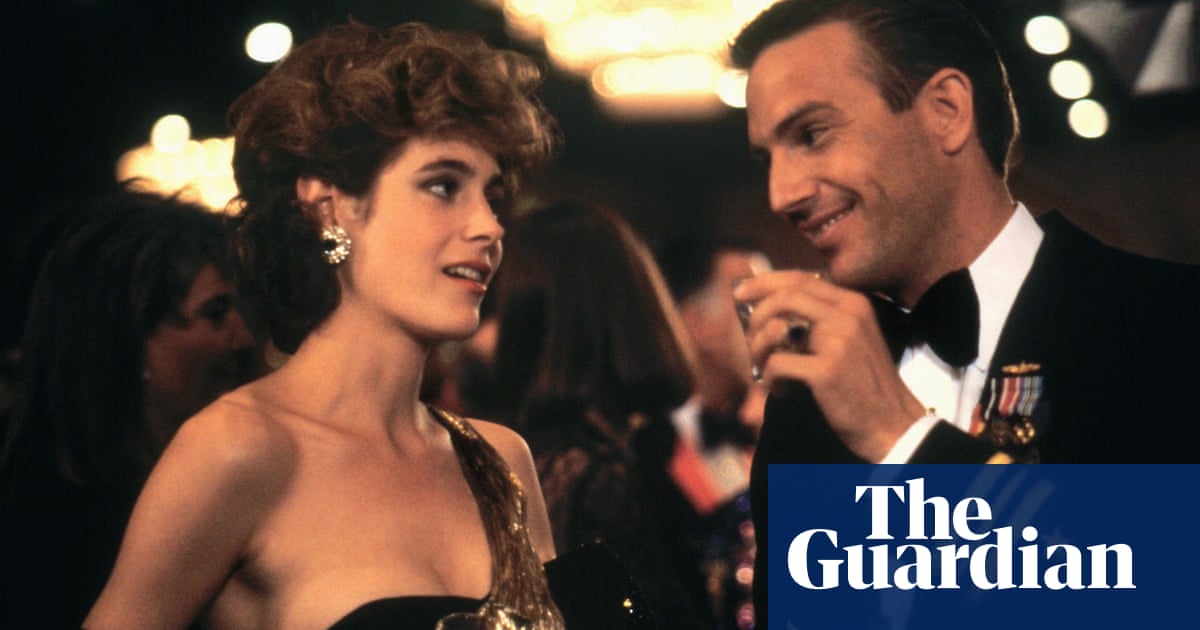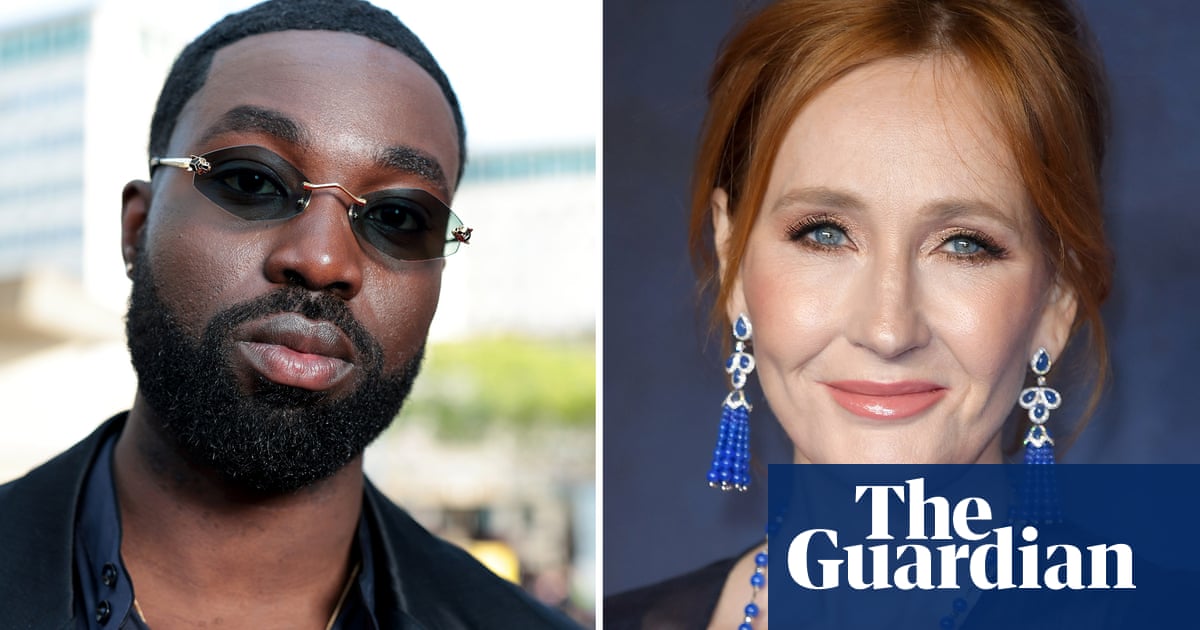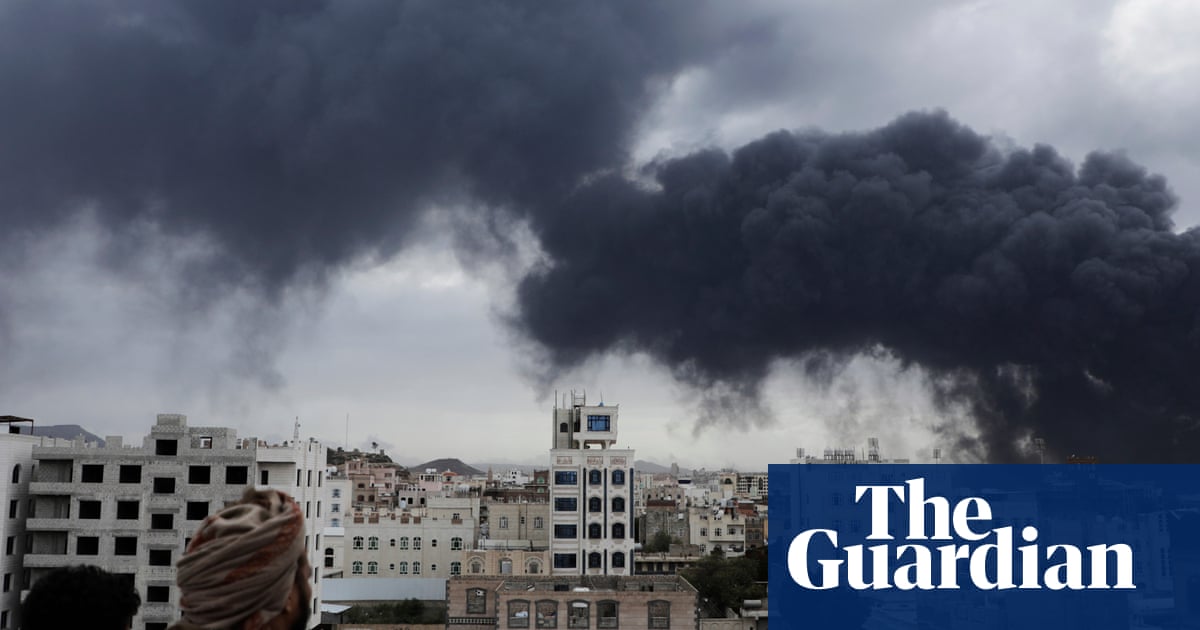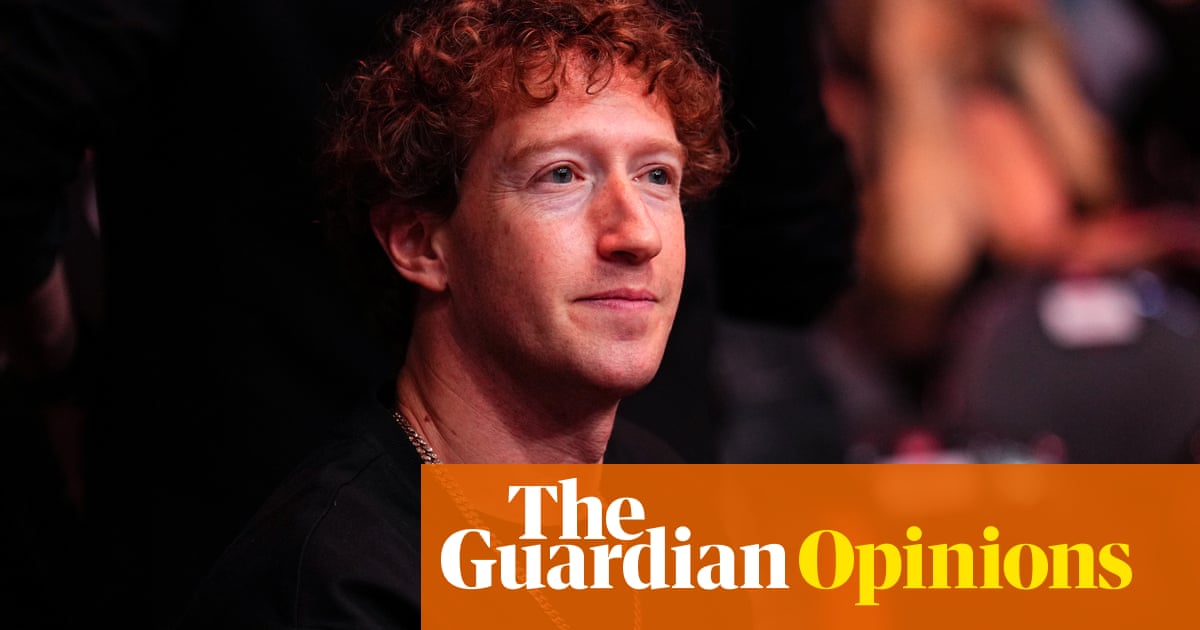In 2021, JD Vance, then a candidate for Ohio senate, gave a provocative keynote address at the National Conservatism Conference. Vance’s lecture was an indictment of American higher education: a “hostile institution” that “gives credibility to some of the most ridiculous ideas that exist in this country”. The aspiring politician did not mince words before his receptive rightwing audience: “If any of us wants to do the things we want to do … We have to honestly and aggressively attack the universities.” The title of Vance’s keynote was inspired by a quote from Richard Nixon: “The universities are the enemy.”
The Maga movement, of which Vance, the vice-president, is now at the forefront, has been unabashedly on the attack against campuses, professors and students. Donald Trump characterizes colleges as “dominated by Marxist maniacs and lunatics”, and student protesters as “radicals”, “savages” and “jihadists” who have been indoctrinated by faculty “communists and terrorists”. He has already delivered swift vengeance against campus protesters and non-protesters alike with visa terminations and deportations. This administration has gleefully withheld hundreds of millions of dollars in federal funding to force colleges to crack down on student dissent.
While Vance paid homage to Nixon and other forebears on the right, he failed to acknowledge that his political lineage had been fighting the university as an enemy for more than 100 years. In fact, reactionary backlash is a feature of two main milestones in the academy’s history: the democratization of admissions and the diversification of curriculum. Trump and Vance’s attacks are part of a longer history of rightwing backlash that follows each time college becomes more democratic.
Before the universities were the enemy
For the first 300 years of US higher education, starting with the founding of Harvard College in the 1630s, the academy was a realm exclusive to the Christian elite. Only an extreme few attended the colonial and antebellum colleges, which were meant as sectarian educational clubs for the sons of the landed gentry. Boys of the Protestant ruling class attended college to socialize, form lifelong friendships and business partnerships, and even link their families legally through intermarriage of their sisters. Young men were exposed to the liberal arts and Christian theology, to be sure, but college was just as much a place to meet other boys like themselves and to be steeped in the cultural norms of their religious denomination and social class. This three-century tradition has been slow to change, and when it has, colleges have met fierce opposition from those who have benefitted from the status quo.
Throughout this time, the only people of color or women who appeared on campus were the wives and daughters of the faculty, maids, cooks, laundry workers, servants and enslaved people. By the 1830s and through the end of the century, segregated colleges were established for white women, free men and men of color (until the founding of Bennett College and Spelman College, women of color had to “pass” as white to attend women’s colleges), but these institutions were not meant to rival or even resemble the standard colleges. The curriculums were vastly different from the liberal arts instruction of Harvard and Princeton – for girls, lessons were about homemaking and Christian motherhood; for children and adults of color, the practical vocations. Still, college-going by anyone was a privilege. Even at the turn of the 20th century, less than 5% of Americans went to college, and many fewer completed a degree.
Backlash against who gets in
The right’s first rumblings about the college as enemy occurred during the 20th century, as the nature of the campus began to change for the modern era. The right’s grievance at the time was focused on who was admitted. By the 1920s, European immigrant students were starting to matriculate in east coast campuses, particularly in New York and Pennsylvania. The oldest and most prestigious colleges, such as Harvard, Yale and Princeton, sought to severely limit enrollment of the “socially undesirable”, especially Jews, to preserve the campus for old-stock Protestants. A combination of antisemitism and reactionary backlash to the era’s progressivism led rightwingers to cast a suspicious eye on the campus, where all of the decade’s new social science seemed to be emanating. Christian fundamentalists, terrified by the science of evolution, also decried the sinister academic classroom.
By the 1930s, wealthy industrialists joined the chorus of college skeptics. The Franklin Roosevelt administration had assembled its famous “brain trust” of academics whose calculus was needed to pull the nation out of the Great Depression. But industry titans who refused to tolerate Roosevelt’s planned economy responded by creating free-market thinktanks such as the American Enterprise Institute (AEI) that produced rival economic white papers in defense of capitalism. Academic departments, AEI’s existence proved, were not the only place where experts could create knowledge. In fact, the right’s thinktanks would become their signature tool for churning out partisan disinformation such climate crisis denial and race pseudoscience throughout the 20th century.
By the time the second world war ended, Congress needed a way to ensure a smooth economic transition as a mass of veterans returned to the job market. The Servicemen’s Readjustment Act of 1944, AKA the GI Bill, allowed more than 1 million returning soldiers to delay workforce re-entry by a few years as they entered the classroom. To the horror of many free-marketeers and social elites, the GI Bill effectively doubled the national population of college students, thus diversifying the campus by class, age, and in the case of wounded veterans, physical ability (though not by race or gender).
Backlash against what gets taught
On the heels of the democratizing GI Bill, the McCarthyite purge of more than 100 academics for their prewar affiliations with the Communist party has become legend. At the same time, Joseph McCarthy’s young admirer William F Buckley Jr produced his 1951 opus, God and Man at Yale: The Superstitions of Academic Freedom, arguing that socialist professors had run roughshod over the campus, indoctrinating students in Keynesian economics and atheism. The academy, to McCarthy, Buckley and their followers, had transformed into a hotbed of anti-Americanism. The right’s understanding that higher education could not be trusted was now well developed: too many people were entering college and learning the wrong lessons.
Following the McCarthy attacks came the storied 1960s, when the campus continued democratizing its admissions and curriculum. Lyndon Johnson’s Higher Education Act of 1965 allowed for greater access to student loans and work-study programs. This allowed additional generations of working-class students to matriculate, especially more people of color, who demanded to see themselves in their lessons. The creation of Black studies, women’s studies, Chicano studies and similar disciplines throughout the 1970s followed militant strikes by student protesters. At the same time, anti-Vietnam war unrest challenged their institutions’ commitments to cold war weapons development. For the right, this was but more evidence of the college as a radicalizing institution.
Increasingly, the liberal center began to agree with the notion that the campus had radicalizing potential. The 1980s and the 1990s marked the bipartisan obsession with culture wars, with the campus as its apparent locus. To the benefit of the right, popular debates about political correctness and identity politics effectively drew attention from austerity measures that had sucked resources away from higher education since the Reagan years. Through the 2000s and 2010, the right revved up its offensives against campus antiwar movements, attacking faculty and students who spoke out against the “war on terror” and protests to boycott, divest from, and sanction Israel. By the 2010s, in the aftermath of the Great Recession’s deep cuts to higher education, conservative attacks shifted back to campus social crusades as the right railed against the Occupy Wall Street, Black Lives Matter and #MeToo movements, and ginned up moral panics over safe spaces, trigger warnings and cancel culture.
Throughout the 20th century and into the 21st, conservative rhetoric cast colleges and universities as deeply politicized, inefficient and anti-American. From the 1920s to the 1980s, this generated popular notions that the college should be reformed back to its previous role as a selective space for class reproduction. Since the 1980s, the purpose has been to delegitimize the academy to get mass buy-in to defund, privatize and eventually abolish public higher education. The goal is to return colleges to a carefully constructed environment not to educate all, but to reproduce hierarchy (especially if it can be done for profit).
This has not been an exclusively American process. Autocrats around the world have cracked down on the academy, journalism, and venues of arts and culture for the last 100 years. These are places where ideas are shared and traditional conventions are challenged. Crushing them is central to consolidating authoritarian power. Today’s international rightwing leaders want to control higher education, just as they want dominion over all other social, cultural and political institutions. For the first time, a US president is finally willing to deliver the right’s century-long goal.
-
Lauren Lassabe Shepherd, PhD, is a historian of US colleges and universities. She is the author of Resistance from the Right: Conservatives and the Campus Wars in Modern America and host of the weekly American Campus Podcast

 3 hours ago
8
3 hours ago
8

